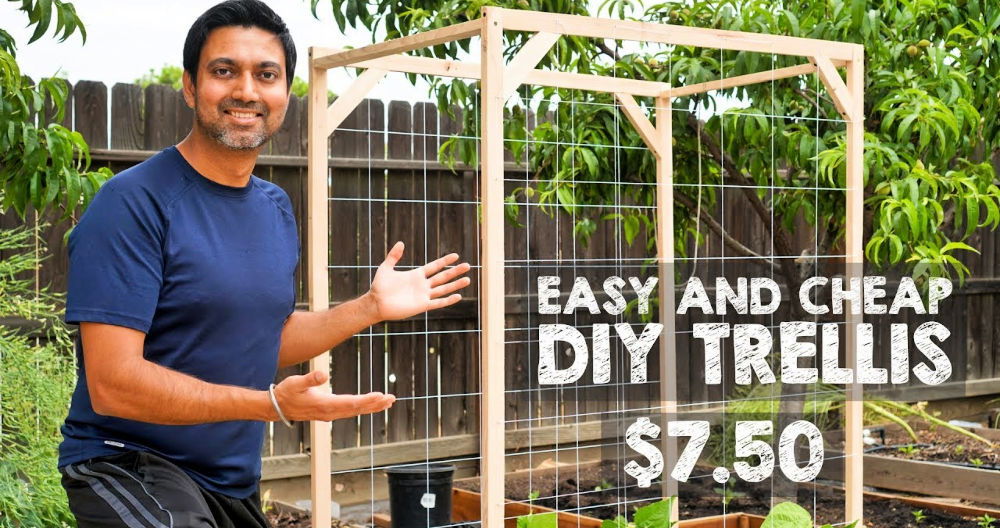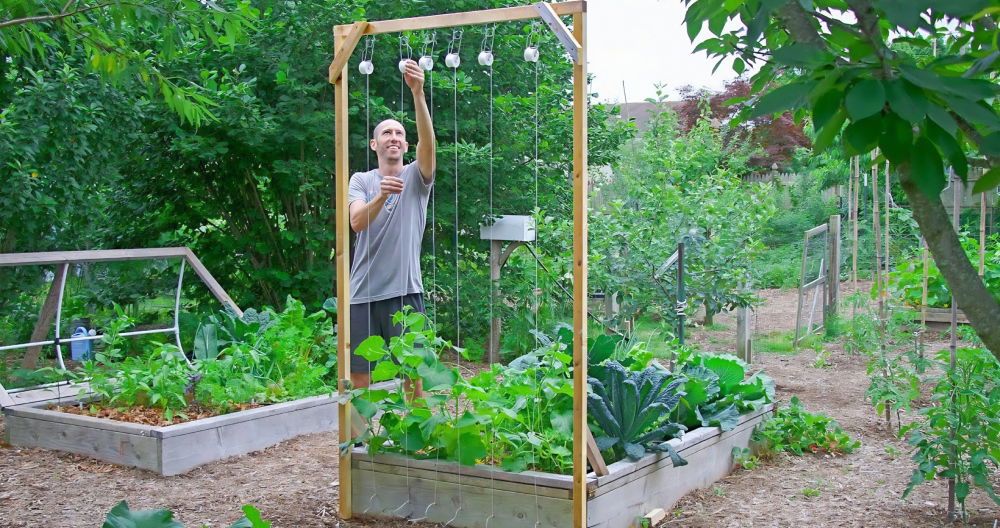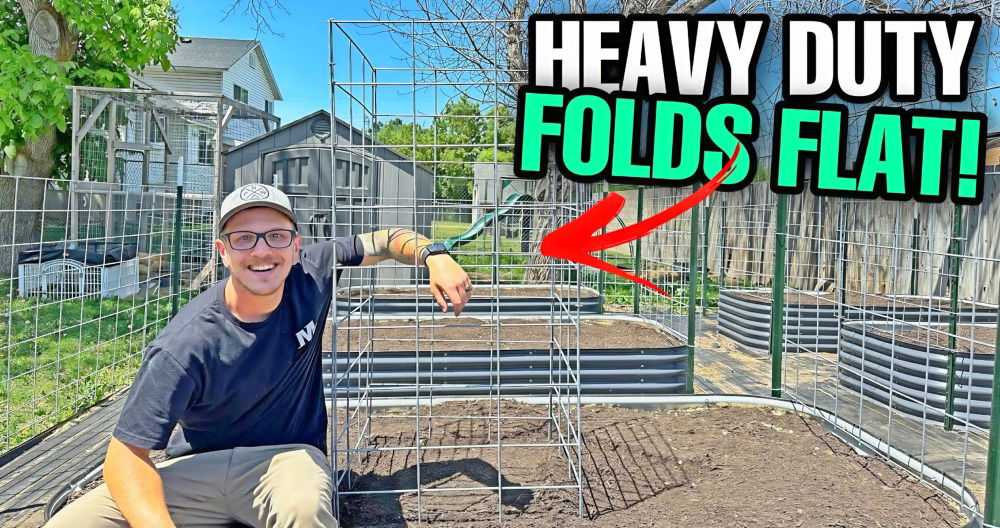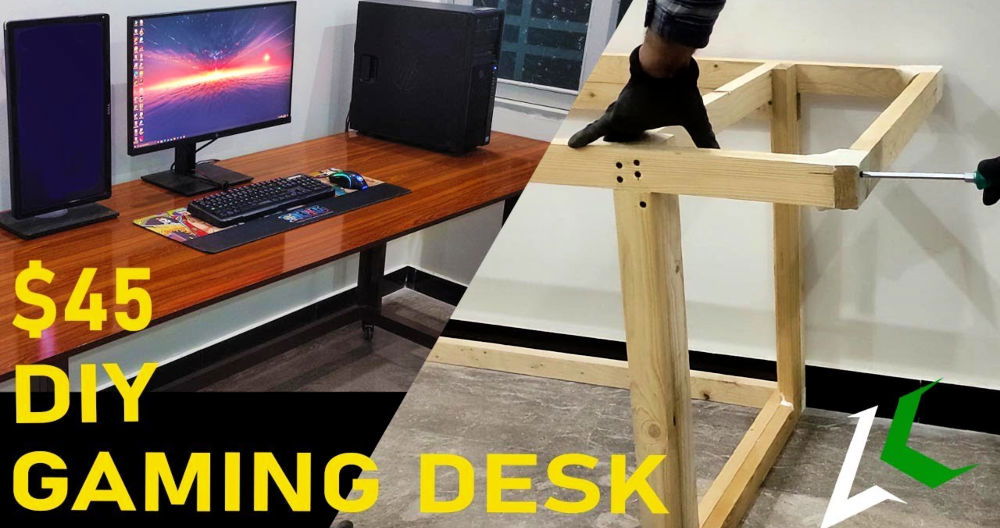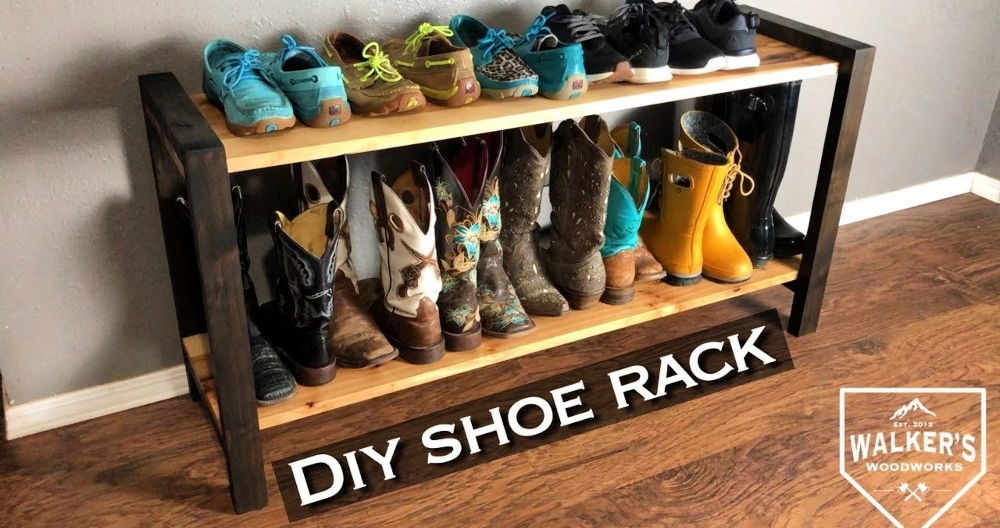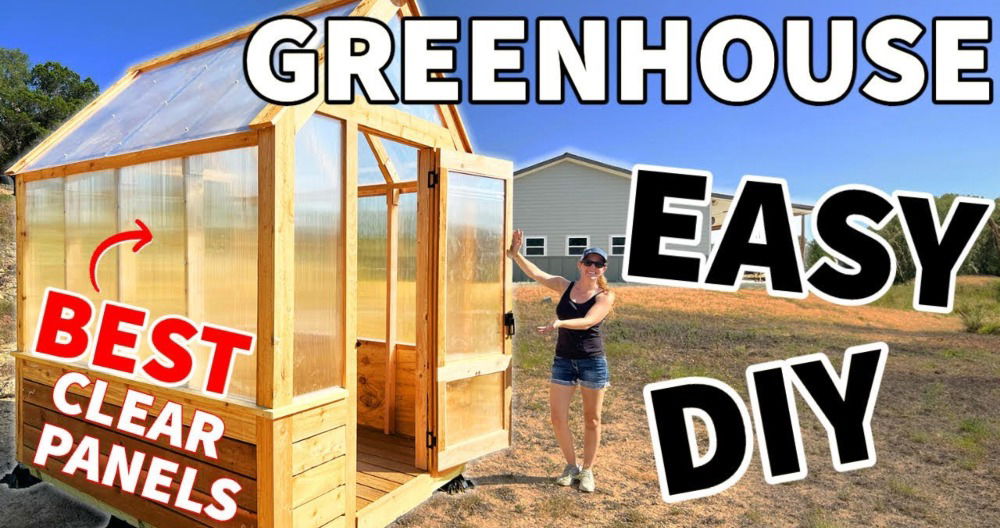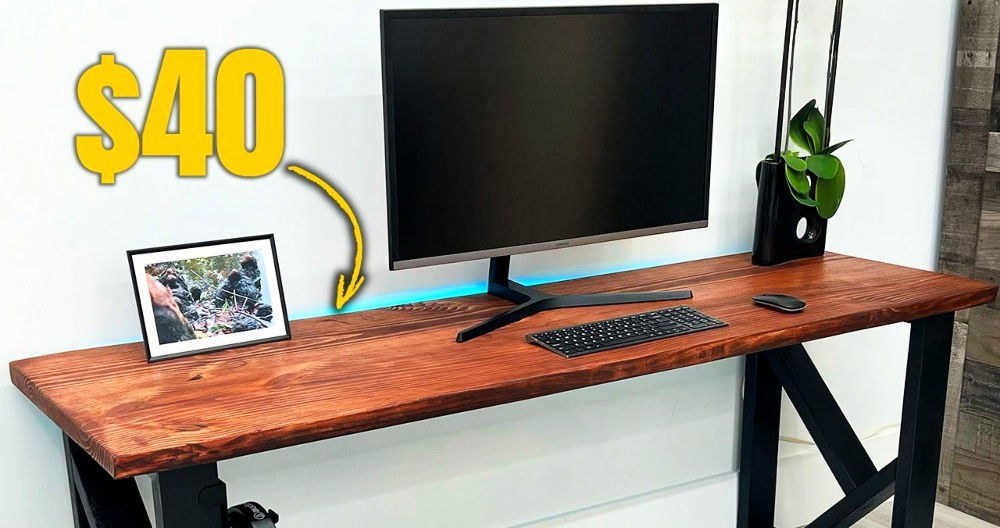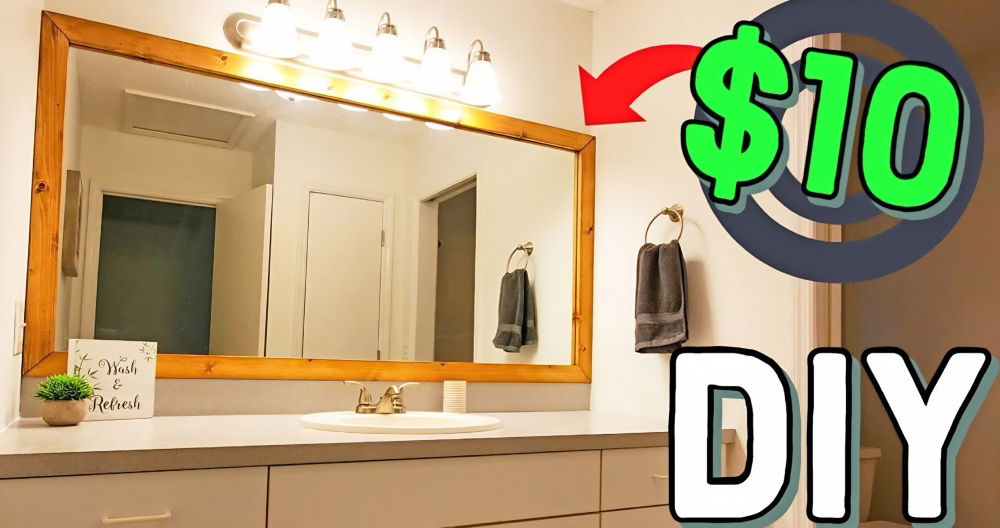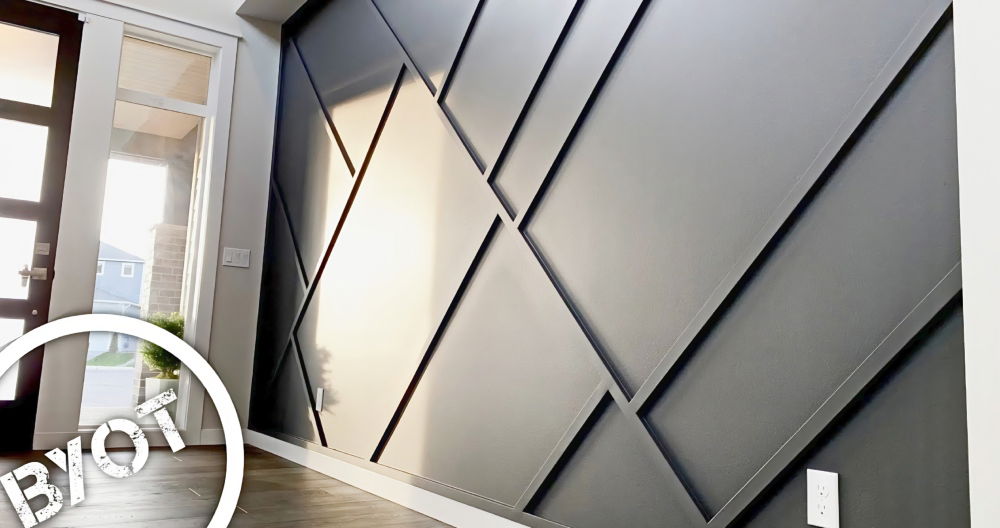Making a DIY tomato trellis can be both rewarding and cost-effective. This simple guide will provide step-by-step instructions on making your own homemade tomato trellis. With just a few basic materials and a little effort, you can support your tomato plants and help them thrive, whether in your garden or on a balcony.
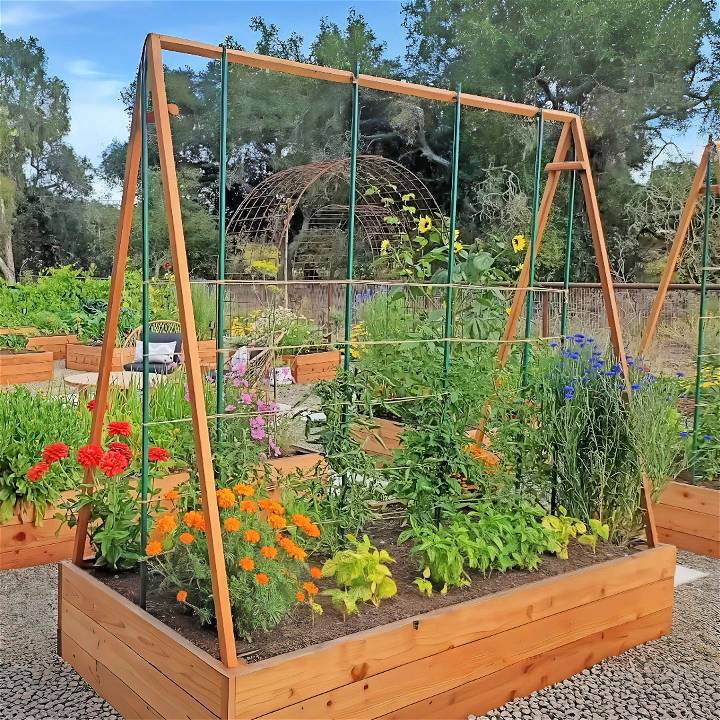
Building your own tomato trellis not only saves money but also allows for customization to suit your space. We’ll walk you through the entire process, from selecting materials to assembly. Learning how to make a tomato trellis ensures your plants grow strong and healthy, with better air circulation and easier harvesting.
Ready to take the next step? Follow our easy and clear instructions in the section below to make your perfect DIY tomato trellis.
Understanding Tomato Growth Habits
When starting your tomato garden, it’s essential to understand the growth habits of tomato plants. This knowledge will help you choose the right variety for your space and make a supportive trellis structure.
Determinate vs. Indeterminate Tomatoes
Tomatoes can be broadly categorized into two types: determinate and indeterminate.
- Determinate tomatoes, also known as “bush” tomatoes, grow to a compact height (usually 3-4 feet) and stop growing when fruit sets on the top bud. All the tomatoes from the plant ripen around the same time, usually over a period of 1-2 weeks. They’re ideal for containers or small gardens where space is limited.
- Indeterminate tomatoes continue to grow and produce fruit throughout the growing season until killed by frost. They can reach heights of 6 feet or more and require a sturdy trellis for support.
Choosing the Right Trellis for Your Tomato Type
- For determinate tomatoes, a simple cage or stake can provide enough support for the relatively short and bushy plants.
- For indeterminate tomatoes, consider taller trellises like a wooden stake, a metal tower, or even a DIY string trellis that allows the plant to climb as it grows.
Spacing and Sunlight
Ensure your trellis design allows for adequate spacing between plants for air circulation, which can reduce the risk of disease. Tomatoes also need plenty of sunlight, so position your trellis to avoid shading your plants as they grow.
Benefits of Proper Trellising
A well-supported tomato plant will have better air circulation, less disease, easier harvesting, and cleaner fruit. Understanding these growth habits and providing the right support for your tomato plants will lead to a healthier, more productive garden.
The key to a successful tomato trellis is understanding the specific needs of your chosen variety. With this foundation, you can build a trellis that supports your tomatoes as they grow and thrive.
Materials Needed and Their Purpose
- Frame with Horizontal Top Support: I used a redwood frame, but metal or other kinds of wood will do. The frame should stand at least six feet above the soil. This structure is crucial for supporting the weight of the tomatoes as they climb.
- Stakes: These should be tall enough to meet the top of your frame. Given my bed's depth, I opted for eight-foot stakes. Each tomato plant will have its stake, plus one extra at each end of the frame for additional support.
- Twine: This will be used to make the weave that supports growing tomato plants.
- Ties or Tomato Clips: These are used to secure the main stems of your tomato plants to the stakes. I found reusable soft wire garden ties very handy.
Step by Step Instructions
Learn how to build a DIY tomato trellis with our step-by-step guide on framing, staking, weaving, and maintaining throughout the season.
Building the Frame
First, I had to ensure my frame was robust and properly anchored. Since I didn't want a permanent structure in my garden that could limit flexibility, I opted for a design that was sturdy yet disassemblable.
- Constructing the A-frame: Using 2 by 2 redwood, I cut angles at the top ends of each piece so they could fit together snugly. To bolster stability, screws and L-brackets were added.
- Setting the Frame: My frame was positioned to rest on the inside corner supports of the bed, ensuring it wouldn't shift under-weight.
Installing the Stakes
Stakes were set into the ground at positions corresponding to each planned tomato plant — one stake per plant, with an extra stake at each end to support the frame. Ensuring these stakes were deeply buried provided stability against wind and weight.
Setting Up the Weave
- Tying the Stakes: I secured the top of every stake to the frame with the jute twine, wrapping it several times to ensure snugness.
- Weaving the Twine: Starting at the bottom, horizontal rows of twine were added about every foot up the stake. This step required a bit of teamwork to keep the twine tight and even.
- Seasonal Adjustments: Over the growing season, more twine rows were added as the plants grew, usually ending up with six rows in total.
Using the System Throughout the Season
My approach combined both Florida weave and single stake techniques. I allowed for moderate pruning of suckers (side branches) while focusing on supporting a single leader (main stem) upwards. Here's how:
- Initial Pruning: Removed unnecessary suckers while allowing some to grow and be woven into the twine.
- Tying: Used soft garden ties to secure the main stem to its stake, ensuring it was supported as it grew.
- Continuous Pruning and Weaving: As the season progressed, the plants were regularly checked, with suckers pruned or woven into the system to maintain a manageable growth pattern.
Customization Tips for Small Spaces
Creating a tomato trellis for small spaces can be a fun and rewarding project. Here’s how to make the most of your limited area:
Choose the Right Varieties
- Opt for determinate tomato varieties or dwarf indeterminate types that are more compact and suitable for small spaces.
Vertical Gardening
- Utilize vertical space by installing a tall, narrow trellis. This allows the plant to grow upwards rather than outwards, saving ground space.
Hanging Baskets
- For cherry or grape tomatoes, consider hanging baskets. They don’t require a trellis and can be hung from balconies or window ledges.
Wall and Railing Planters
- Attach planters to walls or railings and use a simple trellis system within the planter. This is great for patios or decks.
Repurpose Household Items
- Use items like old ladders or wooden pallets as makeshift trellises. They’re perfect for adding character to your garden while being functional.
Adjustable Trellises
- Consider adjustable trellises that can expand or collapse depending on the plant’s growth stage and available space.
Pruning for Space
- Regularly prune your tomato plants to manage their size and shape, ensuring they fit within your space constraints.
Container Gardening
- Grow tomatoes in containers with a small trellis inserted. This makes it easy to move the plants if needed.
By following these tips, you can enjoy homegrown tomatoes even in the smallest of spaces. With a bit of creativity and the right setup, your balcony or patio can become a bountiful garden.
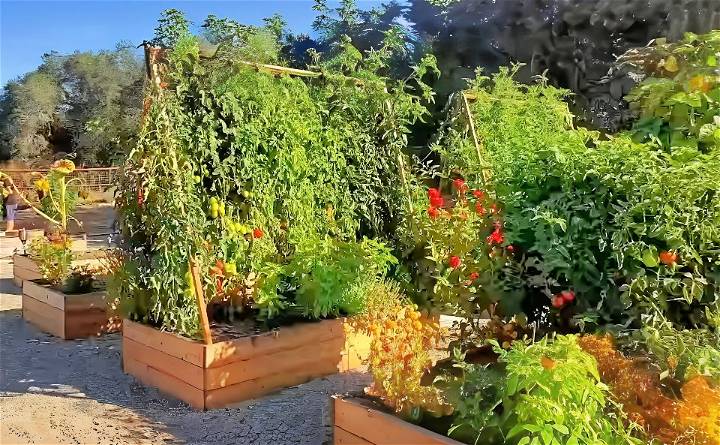
Advanced Techniques
For the seasoned gardener looking to maximize their tomato yield, advanced trellising techniques can be a game-changer. Here’s how to take your trellising to the next level:
The “Lower and Lean” Method
This technique is popular in commercial tomato production and can be adapted for home gardens. It involves:
- Setting up a tall trellis with horizontal support wires.
- Tying the tomato plants to a string that hangs from the support wire.
- As the plant grows, gently lower the plant by releasing more string and leaning it to the side. This encourages continuous growth and fruit production.
Pruning for Optimal Growth
Pruning is crucial in advanced trellising. Remove:
- Suckers, which are small shoots that grow in the joint between the stem and a branch.
- Lower leaves to improve air circulation and reduce disease risk.
Grafting for Vigor and Disease Resistance
Grafting combines the hardy rootstock of one plant with the fruit-bearing top of another. This can result in:
- Increased vigor and yield.
- Improved disease resistance.
Hydroponic Trellising
Hydroponic systems can be paired with trellises for:
- Efficient use of space.
- Controlled nutrient delivery to the plants.
Monitoring and Adjusting
Keep a close eye on your plants and adjust your trellising strategy as needed. This includes:
- Tightening strings or stakes to support heavy fruit loads.
- Repositioning branches to ensure even sunlight exposure.
Use advanced techniques to promote healthier plants and better harvests. Start simple and gradually adopt more complex methods as you get comfortable.
Common Issues and Troubleshooting
When it comes to supporting tomato plants, even the most carefully constructed trellises can encounter issues. Here’s how to troubleshoot some common problems:
Leaning or Falling Trellises
- Stability is key: Ensure your trellis is firmly anchored in the ground. If it starts to lean, reinforce it with additional stakes or ties.
- Weight distribution: As tomatoes grow, they can become heavy. Spread out the branches evenly across the trellis to prevent tipping.
Overgrown Plants
- Prune regularly: Keep your plants manageable by pruning excess growth.
- Train your plants: Gently guide new growth along the trellis to avoid overcrowding.
Trellis Damage
- Regular inspections: Check your trellis periodically for signs of wear or damage, especially after severe weather.
- Quick repairs: Address any issues promptly to prevent further damage or plant stress.
Pests and Diseases
- Keep it clean: Remove any diseased or dead plant material promptly to prevent the spread of disease.
- Natural solutions: Use organic pest control methods like neem oil or insecticidal soap to handle infestations.
Insufficient Support for Fruit
- Add slings: For particularly heavy fruit, make slings from pantyhose or soft fabric to cradle the tomatoes and reduce strain on the branches.
Trellis Materials Deteriorating
- Choose durable materials: Select weather-resistant materials when building your trellis, such as treated wood, metal, or heavy-duty plastic.
- Maintenance: Apply a protective coating to wood trellises every few years to extend their life.
By staying vigilant and addressing these common issues promptly, you can maintain a healthy and productive tomato garden. A little bit of prevention goes a long way in ensuring your trellis remains a strong support for your plants throughout the growing season.
Maintenance and Care
Taking care of your tomato trellis is just as important as caring for the tomato plants themselves. Proper maintenance ensures your trellis remains functional and safe throughout the growing season.
Regular Inspections
- Check stability: Periodically shake the trellis gently to ensure it’s secure in the ground.
- Look for wear and tear: Examine the trellis for any broken or weak spots, especially after heavy winds or rain.
Cleaning and Repairing
- Remove debris: Clear away any fallen leaves or dead plants that may have accumulated around the trellis.
- Fix damages promptly: Repair or replace any parts of the trellis that are damaged to maintain its integrity.
End-of-Season Care
- Clean the trellis: At the end of the growing season, remove all plant material and clean the trellis with a mild soap solution to prevent disease.
- Store properly: If your trellis is movable, store it in a dry, sheltered place to protect it from the elements during the off-season.
Preventative Measures
- Apply protective coatings: If your trellis is made of wood, consider applying a sealant to protect it from moisture and rot.
- Rust prevention: For metal trellises, look for signs of rust and treat them with a rust-inhibitor spray.
Support Adjustments
- Tighten loose strings: If you’re using a string trellis system, make sure the strings are taut and secure.
- Adjust spacing: As plants grow, adjust the spacing of the trellis to accommodate their size and ensure they receive adequate sunlight and air circulation.
Follow these care tips to extend your tomato trellis's life and offer a strong structure for plants. Regular upkeep keeps your garden tidy and boosts plant health and productivity.
FAQs About DIY Tomato Trellis
Discover essential faqs about DIY tomato trellis setups, including materials, benefits, and tips for a successful homemade trellising system.
A tomato trellis is a structure that supports the vertical growth of tomato plants. Using a trellis can lead to healthier tomatoes and a bigger yield because it keeps the plants off the ground, reducing the risk of diseases or pests.
Determinate tomato plants grow to a set height and produce fruit all at once, making them suitable for smaller spaces and cages. Indeterminate plants continue to grow and produce fruit throughout the season and can reach up to 12 feet, requiring a trellis system for support.
If you’re growing determinate varieties, cages are sufficient. For larger gardens with indeterminate tomatoes, cages won’t be tall enough, so a trellis system is the best option to support the potential height of the plants.
To ensure stability, use sturdy materials like thick wooden stakes or metal poles. Drive them at least 12 inches into the ground for a firm hold. For added support, you can anchor the trellis to a fence or wall. Regularly check and tighten any loose parts during the growing season.
The best way to tie tomatoes is using soft materials like cloth strips, pantyhose, or special plant ties that won’t damage the stems. Tie the plants loosely to allow for growth and movement, and make sure to attach them at regular intervals as they grow taller.
Final Thoughts
Wrapping up, making a DIY tomato trellis on a budget can be a truly rewarding experience. With just a few simple steps and materials you probably already have at home, you can make a functional and cost-effective homemade tomato trellis. This guide on how to make a tomato trellis ensures your plants grow strong and productive. Enjoy abundant tomato harvests without breaking the bank. Start your gardening journey today with this practical solution!


